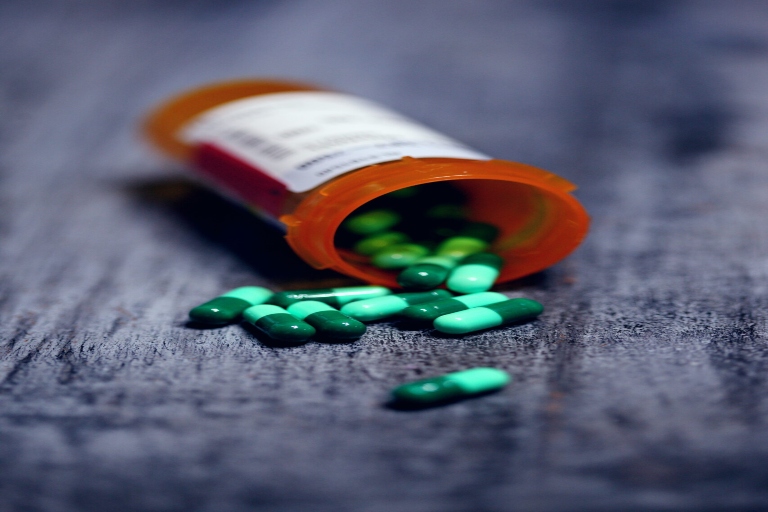
Disease Concept
Addiction: Addiction is a condition in which a person develops bio-psycho-social dependence on any mood-altering substance.
People begin to use alcohol or drugs for psycho-social reasons. They drink because it makes them feel good (a psychological reason), because other people do, because it helps them to belong, or because they are pressured to do so (social reason). People become addicted for physical reasons as well. They develop tolerance; it takes more of a drug to produce the same effect. The cells of the body adapt to high levels of the drug and begin to function normally when it is present. This leads to dependence. The body comes to need the drug; absence of the drug will result in physical withdrawal causing discomfort and illness.
Characteristics of addiction
There are four characteristics that mark addictive disease in all its forms.
‘’Primary’’ simply means it is illness that does not depend on some other condition for its origin. This means that addiction is not the result of other causes, such as emotional or psychiatric problem; although addiction may co-occur with these conditions.
‘’Chronic’ means that the disease of addiction is long lasting. It cannot simply be cured, but must be treated, managed and monitored over a lifetime.
‘’Progressive’’ means that the illness runs a predictable course, will worsen over time, and will not just disappear.
Addiction is often ‘’Fatal’’ as the damage done to the internal organs and the brain is cumulative and frequently lead to premature death. In addition, addiction is a major contributing factor in many cases of suicide, homicide and accidents.
Addiction cycle
The addiction cycle leads the addicted person into a deadly trap. The cycle begins in the following way:
1: Short Term Gratification:
First there is short term gratification. You feel good now. There is a strong short-term gain that makes you expect that the drug or behavior is beneficial for you.
2: Long Term pain and Dysfunction:
The short term gratification is eventually followed by long term pain. This pain, part of which is from physical withdrawal, and part of which is from the inability to cope psycho-socially without drugs, is the direct consequence of using the addictive drugs.
3: Addictive Thinking
The long term pain and dysfunction trigger addictive thinking. Addictive thinking begins with the obsession and compulsion. Obsession is a conscious thinking about the positive effects of using alcohol and drugs. Compulsion is an irrational urge or craving to use the drug to get the positive effect even through you know it will hurt you in the long run.
This prompts to denial and rationalization in order to permit continued use. Denial is the inability to perceive that there is an issue. Rationalization is blaming other circumstances and individuals for problems rather than drug use.
4: Increased Tolerance: Without your being aware that it is happening, more and more of the drug is required to produce the same effect.
5: Loss of Control
` The obsession and compulsion become so strong that you cannot think about anything else. Your feelings and emotions become distorted by the compulsion. You become stressed and uncomfortable until finally the urge to use is so strong to an extent that you can’t avoid it. One you use the addictive chemicals or the addictive behaviors again, the cycle starts all over.
6: Bio-Psycho-Social Damage
In the long run there is damage to the health of your body (physical health), mind (psychological health), and relationships with other people (social health). As pain and stress get worse, the compulsion to use the addictive drugs or behaviors to get relief from the pain increases. A deadly trap develops. You need addictive use to feel good. At the point when you use addictive substance you damage yourself physically, psychologically and socially. This damage increases your need for addictive use.
To read this in Urdu; download the pdf attached below:









